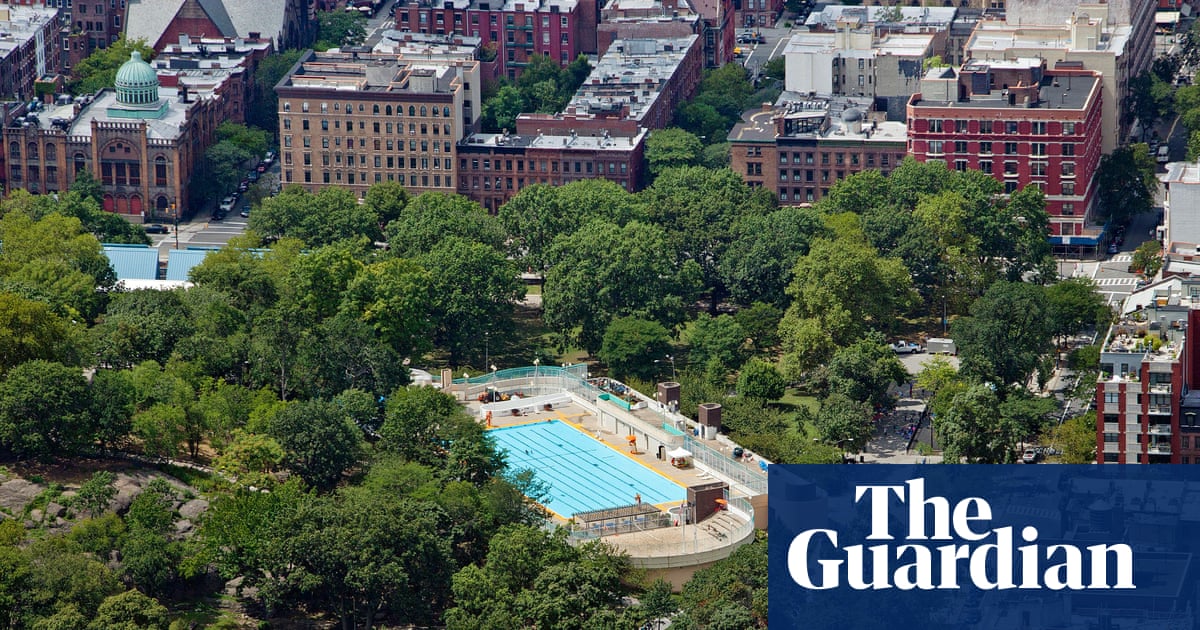
"On a recent morning, as the late August sun began to beat down, a few dozen New Yorkers stood in the shade of one of the nearly 500 trees adorning Harlem's Marcus Garvey Park, worrying a bit about hurting its feelings. We had already identified the species bald cypress thanks to its feathered leaves and strong pyramidal shape, measured its trunk's circumference (17in; 43cm), and noted that its roots appeared normal, its leaves were healthy and its branches had suffered some damage from improper pruning."
"This is the New York City Trees Count, a decennial census of the urban forest that makes this concrete jungle livable for 8.5 million people. First undertaken in 1995, the tree census has evolved from a low-tech effort by volunteers with clipboards and measuring tapes to quantify and classify the city's street trees to 2015's app-supported production of the Tree Map, an interactive database of the city's approximately 666,000 street trees."
Volunteers in Harlem trained to identify and grade a bald cypress, noting species, trunk circumference, root condition, leaf health, and branch damage from improper pruning. Trainees hesitated to assign an overall grade, guided by parks staff to prioritize tree health assessments. The New York City Trees Count is a decennial census mapping and evaluating the urban forest to support 8.5 million residents. The census evolved from volunteer clipboards and measuring tapes in 1995 to an app-supported Tree Map in 2015 covering about 666,000 street trees. An additional 150,000 landscaped park trees were added between 2017 and 2018, and park trees will be the 2025 volunteer focus. The city hosts more than seven million trees, excluding private property and Central Park.
Read at www.theguardian.com
Unable to calculate read time
Collection
[
|
...
]